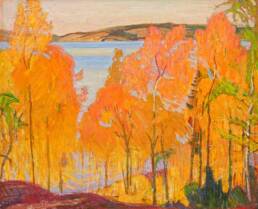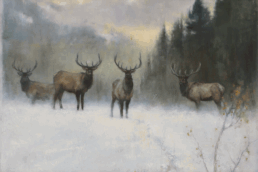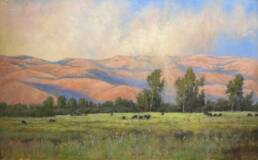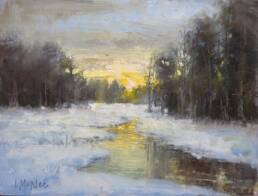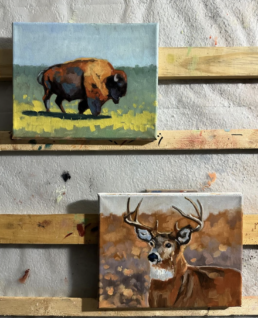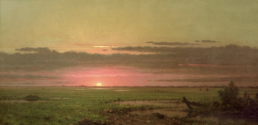As I prepare for several upcoming exhibitions, including a museum show at the Museum of Western Art in 2028, I’ve been thinking deeply about what it means to create a series of paintings and why professionals paint in series.
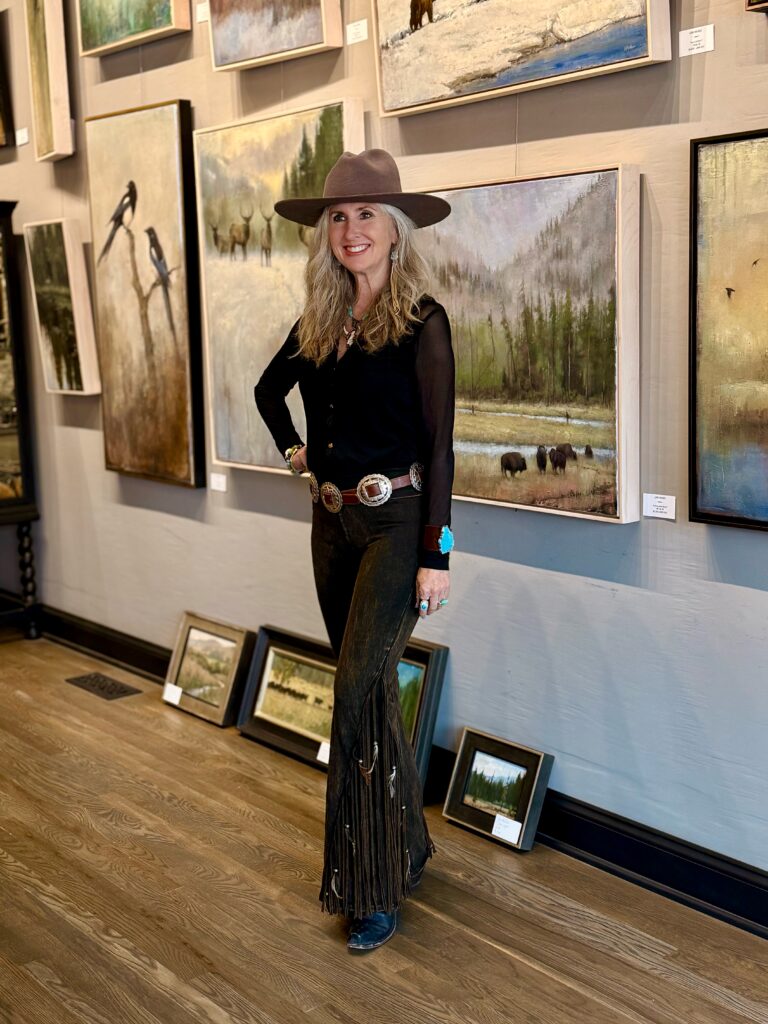
This important topic has been close to my heart for many years. In fact, I first wrote about it in 2012 in the popular article titled, 10 Steps to Develop a Series of Exhibition Paintings.
More than a decade later, I still believe that working in a series is one of the most important milestones in an artist’s growth. But my understanding of why has matured.
Why Professionals Paint in Series
After 35 years as a professional artist, I’ve come to see a distinct difference between emerging and seasoned painters. Amateurs often widely explore and experiment with different subjects and styles.
Curiosity is essential to an emerging artist’s learning. But at some point, a professional artist begins to focus.
A seasoned artist understands that a cohesive body of work tells a stronger story. A well-developed series feels intentional and connected. It carries a common thread of either color, subject, design, or emotion that makes a gallery wall look curated rather than chaotic. It’s the visual proof that the artist has found their voice and vision.
Finding the Common Thread
Creating a series doesn’t mean painting the same scene over and over; it means exploring an idea deeply enough to discover what ties it all together.
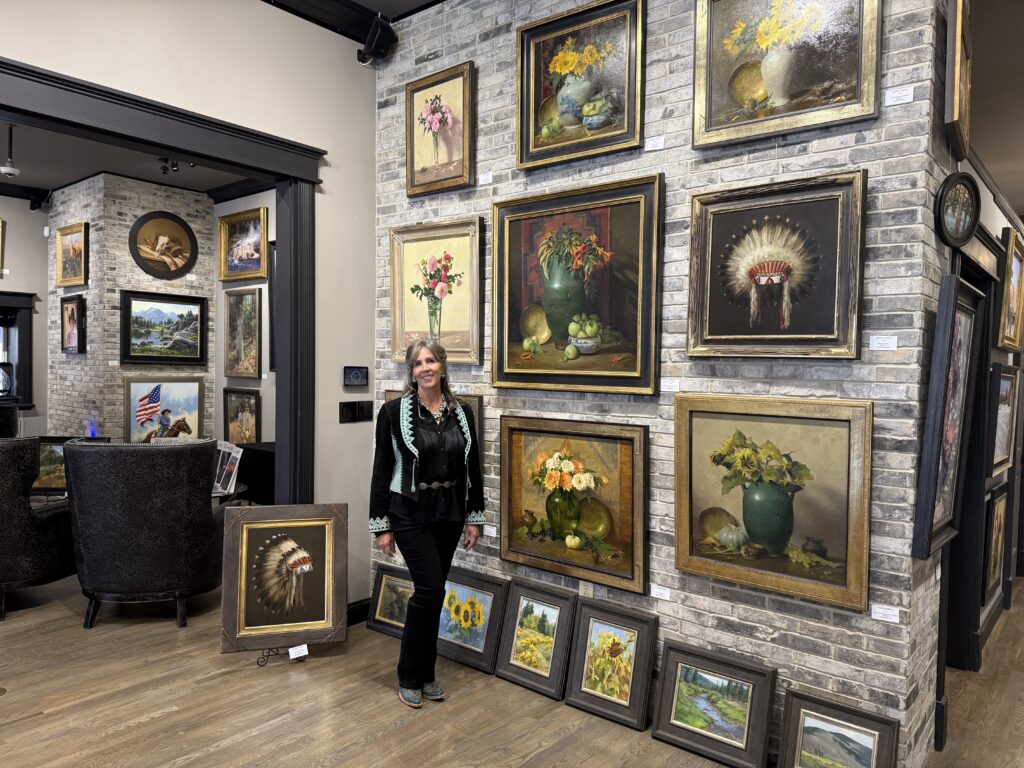
For some, that common thread might be a series of floral subjects, rural landscapes, or perhaps a grouping of bird paintings, or a series of encaustic or tonal paintings.
Sometimes it’s a harmonious palette or a mood that unites the work.
Whatever it is, that subtle connection becomes the heartbeat of the collection.
My Current Series: Bridging Wildlife and Landscape
In my most recent exhibition, I revisited my wildlife roots, a beloved subject that has accompanied me throughout my career.
This time, I’ve been weaving these wildlife subjects into broader landscape compositions, bridging the gap between wildlife art and landscape painting.
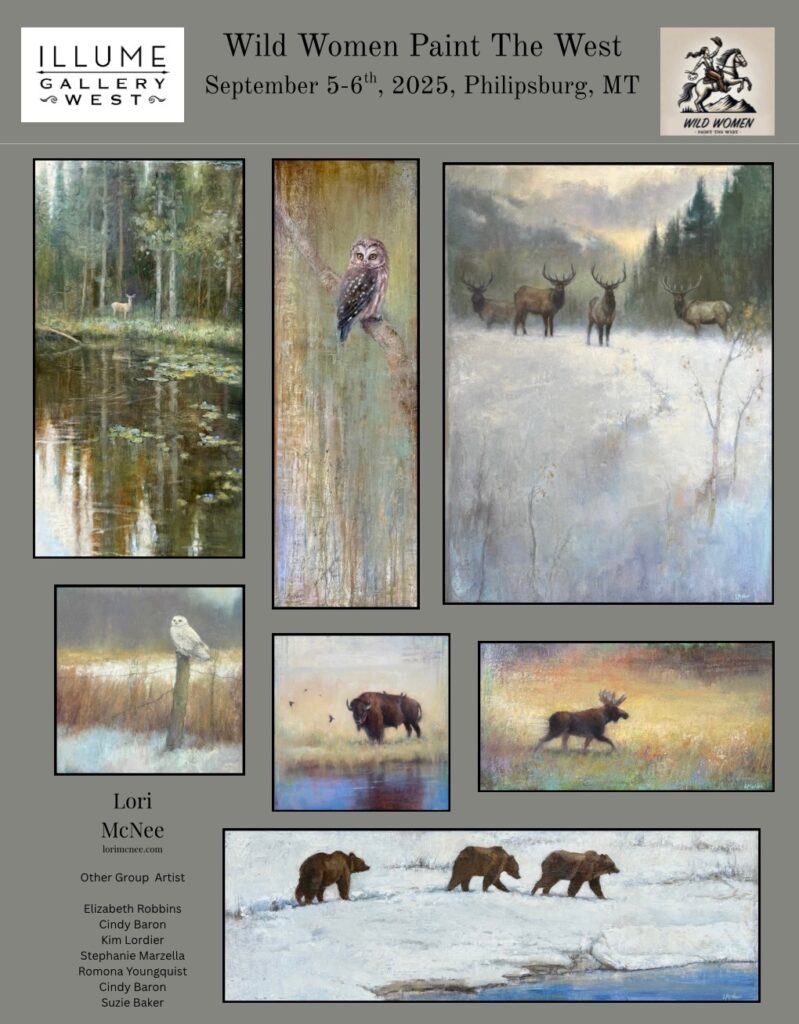
How to Begin Your Own Series

If you’re wondering how to start a cohesive body of work, I’ve shared practical guidance in my earlier article, 10 Steps to Develop a Series of Exhibition Paintings. It remains one of my most-read posts because it helps artists structure their creative ideas into a focused, professional collection.
As you prepare for your next season in the studio, consider choosing one idea, subject matter, emotion, or color harmony to explore.
Let your paintings speak to one another. Over time, that conversation becomes your artistic voice.
After all these years, that’s what I’ve learned: a series isn’t just a collection of paintings—it’s the story of an artist becoming who they truly are.


